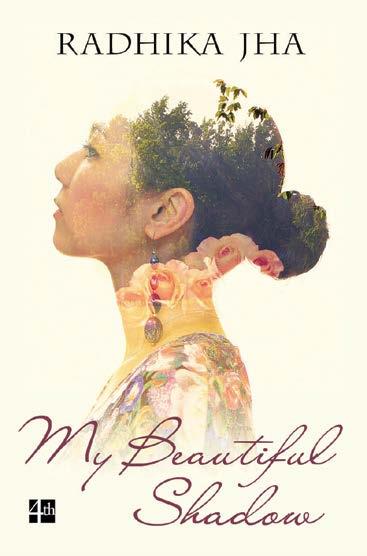Beginning on a high note, My Beautiful Shadow, the book by Radhika Jha settles into a monotone of brands and finally scatters all over the place. Split and directionless. I started reading the book with an interest to get an insight into the Japanese culture. As for me, it is a bit of mystery. Radhika Jha’s bio said she had spent 6 years in Japan and I thought that must have given her good insights. Alas, the author never went beyond the surface.
In the beginning, the protagonist tells ‘ Why is Japan so safe… it is because of the neighbors. They are your police, your judges, and your jailors. But most of all, they are your teachers. What keeps us following the rules is the shame we feel if we are caught disobeying our teachers… a combination of teacher-policeman is inescapable.’ I looked forward to such cultural nuances, but then the protagonist took me to all possible brand stores and her monotone became boring. Even if clothes are a big obsession for women, I am not sure if it is enjoyable to read about innumerable shopping trips that hardly have any variety.
Even if clothes are a big obsession for women, I am not sure if it is enjoyable to read about innumerable shopping trips that hardly have any variety. The author introduces the protagonist Kayo by saying she is a member of a secret group. The description of the group is very enticing, but then the only member we meet is Kayo herself. The author easily forgets the group through the rest of the book. We never really step out of her life and see anyone else’s life. We meet only the characters she chooses to introduce us to. This gives us no indication if Kayo is one of her kind or there are actually many of them.
I understand the genesis of the story – An urge that the upper-class women have to find an identity defined by what they wear in the absence of a purpose or mission in life. The urge can take dangerous proportions. Especially, when debt drowns these women. Or they take extreme steps guiltlessly to feed their obsession. I am not sure if that is what author too had in mind. The author seems confused between portraying Japan as she saw it – with few Japanese words thrown in versus a women’s journey where Japan is just an incidental backdrop.
She takes a detour to a remote Japanese village. She does make it come alive to an extent visually. But again fails to bring out the soul of such places that can have transformative effects. In any case, her protagonist negates that such places can have life-altering impacts. Radhika Jha even describes the Kimono superficially which is the root cause of the story. She brings out the Japanese bias against Koreans. Who probably own small businesses there and are against Americans with whom it seems, the Japanese enjoy working.
I liked the authors writing style – her descriptions are good. Like at one place she says ‘Her politeness was like her makeup, too visible, and badly applied’. At another place, she builds up a good mystery around a friend of the protagonist. It is the story of My Beautiful Shadow and the plot that totally betrayed me as a reader.
You may buy this book – My Beautiful Shadow by Radhika Jha at Amazon.









